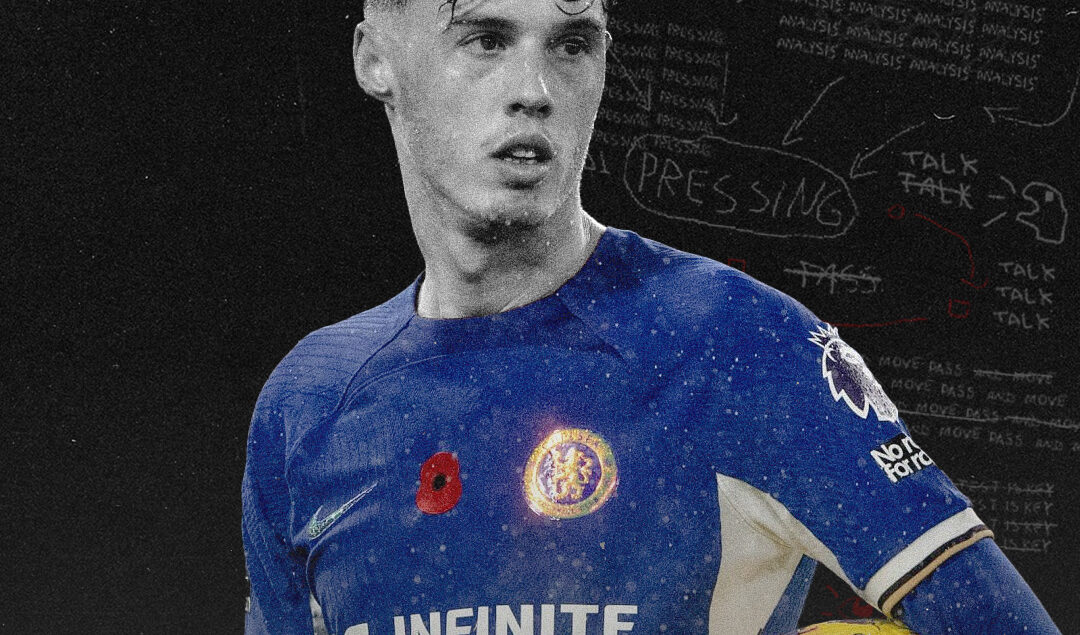Chelsea Chaos Continues as Main Sponsor Deal Eludes the Blues
To add to an already bloated squad under a relatively inexperienced new manager, Chelsea went out this summer to bring in nine new players, from free signing Tosin Adarabioyo to Pedro Neto for around £52 million from Wolverhampton Wanderers. Playing like a Football Manager club with a sugar daddy, Chelsea have certainly gone about business in a different way, but it hasn’t done much to assure outside sources of long-term success.
Perhaps this has most pertinently been shown by the 2023/24 campaign kicking off without Chelsea having a main shirt sponsor. Now, this isn’t to say that seeing a Premier League kit clean-cut isn’t a welcomed sight. For the Blues, though, it’s a missed opportunity for revenue at a time when expenditures aren’t exactly low. Last season, it took until the end of September for Infinite Athlete to pay up for a single-season deal. So, what’s going on?
Shirt sponsors are big business
The very late deal with Infinite Athlete – a company with ties to Chelsea’s new owner – pulled in £40 million for Chelsea over just one season. It’s huge money because the Premier League is watched by so many people all around the world. It’s prime real estate for sponsorship, and even international companies in industries that touch all corners of the world are more than happy to buy in.
Most recently, the ruckus around shirt sponsors has been on gambling companies. For years, we’ve seen particularly Asian-based casino and betting platforms sponsor Premier League clubs. When you consider the popularity of casinos found all over the world, including in New Zealand, where the selection of games and perks is colossal, it makes sense that Premier League shirts are seen as a strong way to reach potential customers.
Of course, in the Premier League, the 2026/27 season will usher in a new age of shirt sponsorships where big-money gambling firms can’t buy in. This could end up in less competition and less money in this part of the market. It’s estimated that they currently bring a club £60 million per year. So, seeing this and enviable deals over at the likes of Manchester City, Arsenal, and Manchester United, Chelsea’s owners seek a long-term, big-money deal.
Even more long-term, big-money contracts
Chelsea’s approach in the transfer market has been to pay a lot of money for any player they want, and then spread that fee and massive wages over very long-term deals to try to be FFP compliant. With such a model, it makes sense that they’d want the guaranteed income of a big, long-term sponsorship deal to run alongside.
Apparently, the club seeks a deal that will bring in something like £60 million per year for the men’s and women’s teams. Yet, with such a crowded locker room, question marks over how the Blues can be FFP compliant, and a lack of success last season, it’s tough to coax sponsors to fork up similar cash to what Etihad does for Arsenal, for example.
A major part of Chelsea’s lack of appeal at their current prices is the lack of Champions League football. They can buy all of the players in the world, but without consistency and cohesion in the ranks, they’ll never be able to mount a challenge on the already contested UCL spots in the league.
It seems almost inevitable that Chelsea will have to cede ground on their main shirt sponsor demands soon, but for now, fans can enjoy seeing a rather nice kit come out without a garish sponsor.
